P-DIVINYLBENZENE 85
- CAS NO.:105-06-6
- Empirical Formula: C10H10
- Molecular Weight: 130.19
- MDL number: MFCD00008622
- EINECS: 203-266-8
- SAFETY DATA SHEET (SDS)
- Update Date: 2023-04-23 13:52:06

What is P-DIVINYLBENZENE 85?
The Uses of P-DIVINYLBENZENE 85
DVB can be cross-linked with styrene/vinylbenzene chloride and incorporated with multi-walled carbon nanotubes (MWCNTs) to form new microporous nanocomposites for water remediation. It can also be used in combination with polyethylene glycol diacrylate to form linkages with polyethylene oxide (PEO), which can be used as an electrolytic material for lithium batteries.
General Description
p-Divinylbenzene(DVB) is a cross-linking agent, which is used in a variety of polymeric processes such as copolymerization of styrene to improve the thermo-mechanical properties of the composite.
Flammability and Explosibility
Not classified
Properties of P-DIVINYLBENZENE 85
| Melting point: | 31°C |
| Boiling point: | 175.9°C (rough estimate) |
| Density | 0.914 g/mL at 25 °C (lit.) |
| vapor pressure | 71.06Pa at 25℃ |
| refractive index | n |
| Flash point: | 148 °F |
| storage temp. | -70°C |
| form | low melting solid |
| color | Clear, colourless |
| Water Solubility | 1μg/L |
| CAS DataBase Reference | 105-06-6 |
| EPA Substance Registry System | p-Divinylbenzene (105-06-6) |
Safety information for P-DIVINYLBENZENE 85
| Signal word | Warning |
| Pictogram(s) |
 Exclamation Mark Irritant GHS07  Health Hazard GHS08 |
| GHS Hazard Statements |
H302:Acute toxicity,oral H315:Skin corrosion/irritation H317:Sensitisation, Skin H319:Serious eye damage/eye irritation H335:Specific target organ toxicity, single exposure;Respiratory tract irritation H351:Carcinogenicity H373:Specific target organ toxicity, repeated exposure H412:Hazardous to the aquatic environment, long-term hazard |
| Precautionary Statement Codes |
P273:Avoid release to the environment. P280:Wear protective gloves/protective clothing/eye protection/face protection. P301+P312:IF SWALLOWED: call a POISON CENTER or doctor/physician IF you feel unwell. P302+P352:IF ON SKIN: wash with plenty of soap and water. P305+P351+P338:IF IN EYES: Rinse cautiously with water for several minutes. Remove contact lenses, if present and easy to do. Continuerinsing. P308+P313:IF exposed or concerned: Get medical advice/attention. |
Computed Descriptors for P-DIVINYLBENZENE 85
New Products
4-Aminotetrahydropyran-4-carbonitrile Hydrochloride (R)-3-Aminobutanenitrile Hydrochloride 4-AMINO-TETRAHYDRO-PYRAN-4-CARBOXYLIC ACID HCL 4-(Dimethylamino)tetrahydro-2H-pyran-4-carbonitrile 3-((Dimethylamino)methyl)-5-methylhexan-2-one oxalate 1,4-Dioxa-8-azaspiro[4.5]decane 5-Bromo-2-nitropyridine Nimesulide BP Aceclofenac IP/BP/EP Diclofenac Sodium IP/BP/EP/USP Mefenamic Acid IP/BP/EP/USP Ornidazole IP Diclofenac Potassium SODIUM AAS SOLUTION ZINC AAS SOLUTION BUFFER SOLUTION PH 10.0(BORATE) GOOCH CRUCIBLE SINTERED AQUANIL 5 BERYLLIUM AAS SOLUTION 2-Bromo-1-(bromomethyl)-3-chloro-5-nitrobenzene 2-Bromo-3-nitroaniline N-(3-Hydroxypropyl)-N-methylacetamide 3-Bromo-6-chloropyridazine 4-ethyl-3-nitrobenzoic acidRelated products of tetrahydrofuran
![1,3-DIMETHYL-5-([4-(3-OXO-1-BUTENYL)PHENYL]METHYLENE)-2,4,6(1H,3H,5H)-PYRIMIDINETRIONE](https://img.chemicalbook.in/StructureFile/ChemBookStructure2/GIF/CB4245856.gif)
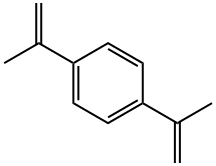
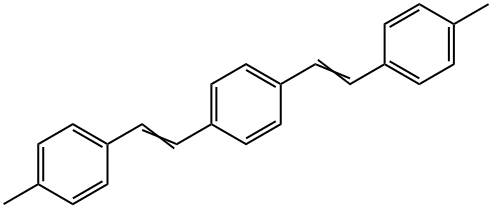
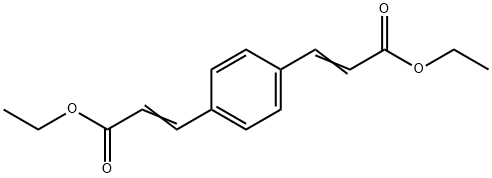
![4-(4-[2-(3-METHYL-4-NITRO-5-ISOXAZOLYL)VINYL]PHENYL)-3-BUTEN-2-ONE](https://img.chemicalbook.in/StructureFile/ChemBookStructure2/GIF/CB7141027.gif)

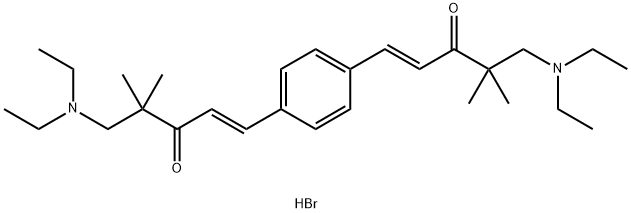
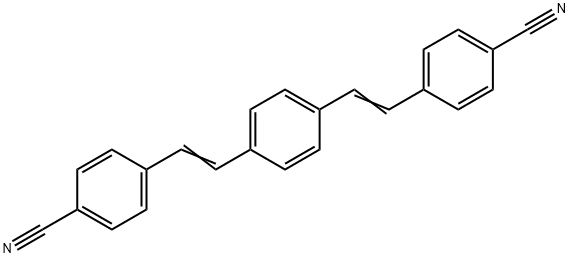
You may like
-
 p-Divinylbenzene CAS 105-06-6View Details
p-Divinylbenzene CAS 105-06-6View Details
105-06-6 -
 1-Methyl-6-oxo-1,6-dihydropyridazine-3-carbonitrile 98%View Details
1-Methyl-6-oxo-1,6-dihydropyridazine-3-carbonitrile 98%View Details
99903-60-3 -
 1823368-42-8 98%View Details
1823368-42-8 98%View Details
1823368-42-8 -
 2-(3-(tert-butyl)phenoxy)-2-methylpropanoic acid 1307449-08-6 98%View Details
2-(3-(tert-butyl)phenoxy)-2-methylpropanoic acid 1307449-08-6 98%View Details
1307449-08-6 -
 Ethyl 3-(furan-2-yl)-3-hydroxypropanoate 25408-95-1 98%View Details
Ethyl 3-(furan-2-yl)-3-hydroxypropanoate 25408-95-1 98%View Details
25408-95-1 -
 2-Chloro-5-fluoro-1-methoxy-3-methylbenzene 98%View Details
2-Chloro-5-fluoro-1-methoxy-3-methylbenzene 98%View Details
1805639-70-6 -
 1784294-80-9 98%View Details
1784294-80-9 98%View Details
1784294-80-9 -
 Lithium ClavulanateView Details
Lithium ClavulanateView Details
61177-44-4
Statement: All products displayed on this website are only used for non medical purposes such as industrial applications or scientific research, and cannot be used for clinical diagnosis or treatment of humans or animals. They are not medicinal or edible.